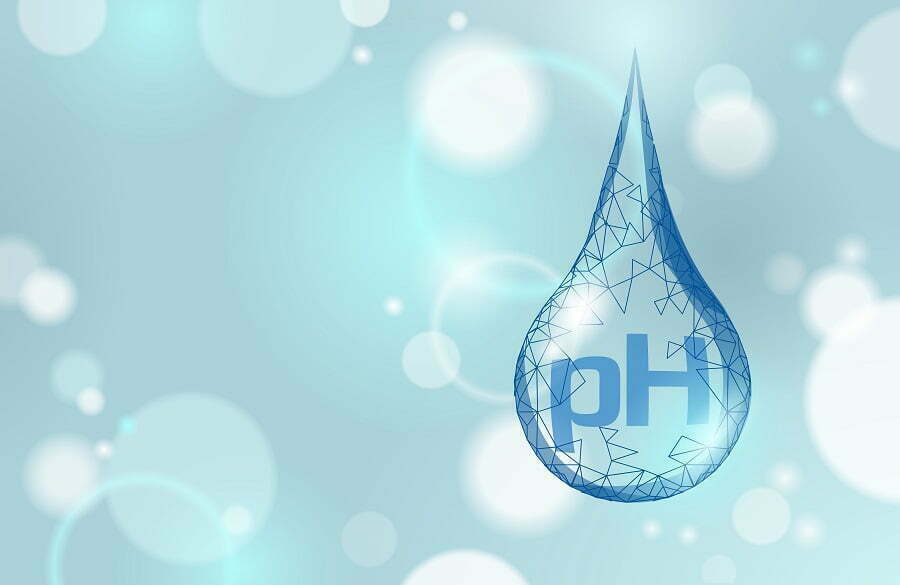Last updated on
Tap water is an often overlooked resource that we use every day. What you might not know, however, is that many people are either drinking or cooking with tap water that has high levels of bacteria and other contaminants in it!
This blog post will discuss the importance of analyzing your tap water to ensure its safety.
Check Your Tap Water for Chlorine Levels

Chlorine is used in many water treatment facilities to kill off potentially harmful bacteria and other microorganisms, but this chemical can also cause unpleasant side effects.
The chlorine levels in your tap water should be below the recommended limit of four parts per million (ppm). However, it’s best if you get your water tested by a professional for more accurate results. When drinking chlorinated tap water over long periods, some negative health consequences may arise, such as bladder cancer or an increased risk of getting chronic respiratory diseases like asthma. In addition, the taste and smell of chlorine can make even treated public drinking water unpalatable.
To improve its flavor, high-quality carbon filters need to be installed on all faucets where potable water is dispensed.
Know the pH Level of Your Tap Water

The pH scale measures how acidic or alkaline a liquid is, with water having a neutral value of seven. To classify as potable, tap water in most municipalities must have a pH between six and eight. If the number deviates from this range, then it’s advisable to get your drinking water checked by a professional – especially if you’re on well-water, where there are no regulations for its safety levels.
In general, when untreated groundwater has low acidity (i.e., higher pH) it will contain more minerals like calcium and magnesium instead of sodium which is common in leached surface waters that travel through limestone areas containing high amounts of dissolved solids such as sulfates or nitrates.
When the pH of your tap water is too high, which means it’s alkaline and above a value of seven, then there may be some detrimental effects on human health such as an increased risk for osteoporosis or kidney stones. In addition to potentially causing these problems, drinking alkaline water can also make you feel nauseated if its taste isn’t masked by carbon filters.
Compare the TDS Levels of Your Tap Water
TDS, or total dissolved solids, is a popular metric for quantifying the number of mineral salts in water. This value should be as low as possible to ensure that you’re drinking and cooking tap water isn’t going to leave behind any unpleasant residue on dishes or impart an off-taste into food and beverages.
Water with high levels of TDS can cause problems such as increased blood pressure because it’s harder for our heart pumps to push through the extra resistance caused by minerals clogging arterial passageways. In addition, those who have sensitive skin may notice changes due to these added particles since they can block pores and prevent perspiration from evaporating properly – leading to a higher risk of getting a heat rash or other skin irritations.
Look for Any Presence of Microorganisms
Your water should be free of harmful viruses, bacteria, parasites, and other microorganisms that could make you sick. These contaminants are often the result of animal or human wastes getting into your municipal water supply, which can occur when there’s a crack in the pipes carrying drinking water to homes and businesses.
When testing for microbes with an indicator solution, it’s important to remember not only to look out for color changes but also to smell any samples since microscopic creatures release gases when they die – this is particularly true if certain disease-causing agents like “giardia” or cryptosporidium are detected inside your tap water.
Ensure There’s No Presence of Lead
Lead is a toxic metal that was once widely used in the making of water pipes, household fixtures, and soldering material. This substance can cause brain damage by blocking the absorption of calcium, which impacts both heart health as well as our ability to think clearly since these neurons depend on this mineral for proper function.
Although lead-free plumbing has been mandated across North America ever since 1986 it doesn’t mean you shouldn’t test your home tap water; especially if there are signs like corroded or dulled silver jewelry indicating that lead may have gotten into your system through contaminated drinking water.
If you’re not sure about whether or not your municipal supply contains dangerous levels of lead, then get yourself some testing strips from a hardware store and compare the color change from before you started using tap water to now.
In conclusion, even if your drinking water looks clear, it doesn’t mean that there aren’t potentially harmful contaminants lurking inside. If possible, then use bottled drinking water instead which typically hasn’t been treated as much by processing facilities, meaning it’s more likely to be purer than untreated municipal supplies.
Recap:



